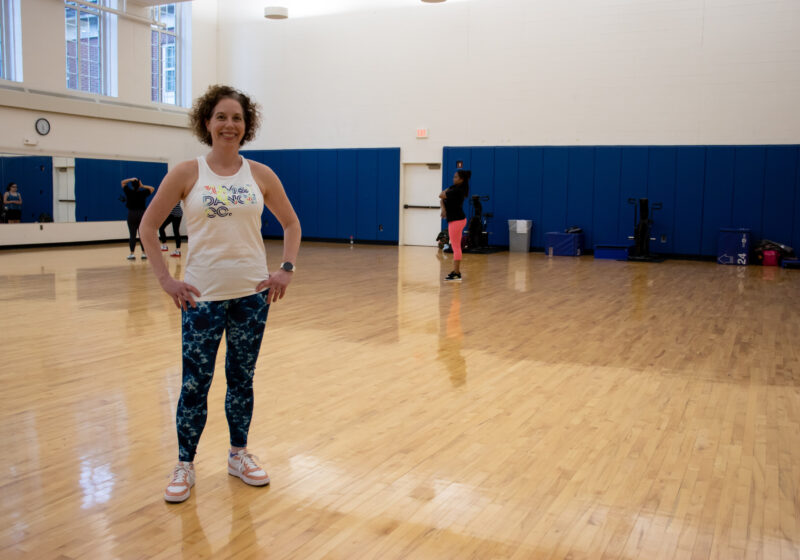An increasing number of Indian students, unable to gain admission to universities in their own country, are traveling to the U.S. for post-secondary education.
According to a New York Times article published on Oct. 13, “competition in India has grown formidable, even for the best students.” The college admissions process in India is based almost solely on a final high school examination, as opposed to the more well-rounded approach taken in the United States.
This procedure, combined with the fact that approximately half of India’s 1.2 billion-person population is under the age of 25, makes Indian universities among the most competitive in the world.
According to The New York Times, even the best students are unable to achieve scores necessary for the most competitive colleges. The top colleges at Delhi University set their cutoff scores for final examinations at 100 percent, and the Indian Institutes of Technology have an acceptance rate of less than two percent.
By comparison, Harvard University’s acceptance rate is 6 percent. Consequently, the most prestigious of American universities have become the safety schools of India’s top students.
UR is included in the pool of colleges in the U.S. that has seen an influx of students from India.
“In percentage terms, there’s been a dramatic increase from 1 or 2 percent to 13 percent,” Dean of Admissions and Financial Aid Jonathan Burdick said.
This increase adds to the campus’ already large international population, which has doubled from 8 percent to 16 percent in the last three years.
However, Burdick believes that this rise in students is not a consequence of the competitiveness of Indian universities.
“So far, I’d say this is something we can attribute to our recruitment efforts,” Burdick said. “This is us reaching out to India.”
Many members of the admissions staff have traveled to India in the past three years to recruit students.
Additionally, the University works with a social networking group called LearnHub, which puts universities in contact with potential students. LearnHub operates primarily in India and has a subscriber base of 300,000 people.
Robin Sharma, a fourth year Optics Ph.D student from India and president of the Rochester Indian Association, echoed Burdick’s belief that UR is not simply a back-up choice for Indian students.
He cites the ability for specialization in fields and the ability for collaboration as a major selling point, especially in post-graduate work.
UR was one of sophomore Megha Choudhary’s top choices. Choudhary is from West Bengal, India, and came to UR for the “diversity of people, variety of majors, excellent ranking amongst other U.S. universities and the research opportunities present here.” She did not apply to any universities in India.
“I did not want to go to medical or engineering school, and I wasn’t decided on my major back then,” Choudhary said. “Once you enroll in a university in India you have to study what you applied for. I did not want to make that rigid of a choice early in my college life.”
American university life has been “a different experience altogether” for Choudhary. Academic and social groups like the Rochester Indian Association and the Association for the Development of Interest in the Indian Subcontinent (ADITI) can help students from India transition into their new home more than 7,500 miles away.
Burdick, however, asserted that UR needs to be careful about how rapidly these numbers are growing.
“There is an informal concern … that we not have too big of a percentage of our international students come from one country,” he said.
Hansler is a member of the class of 2015.

